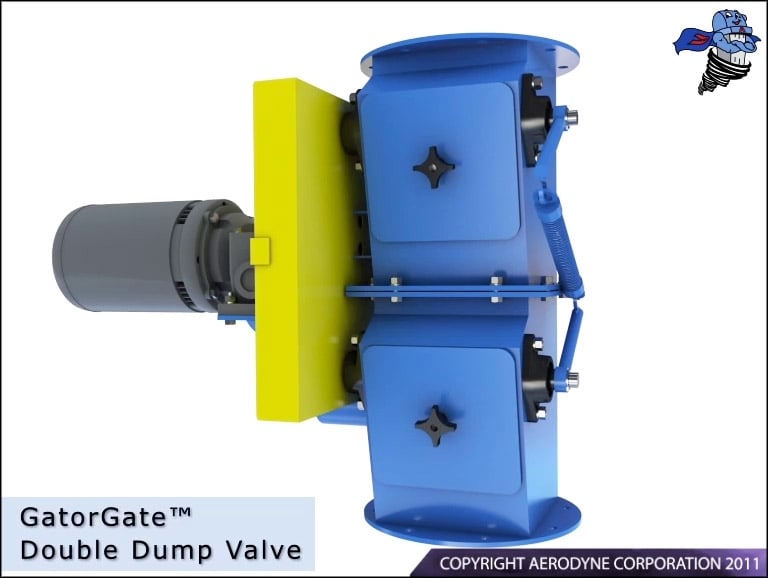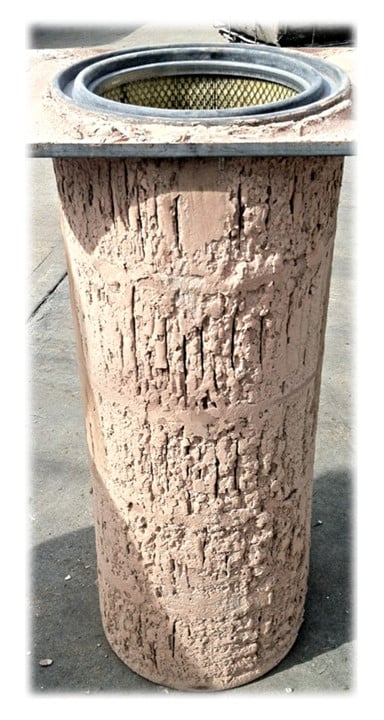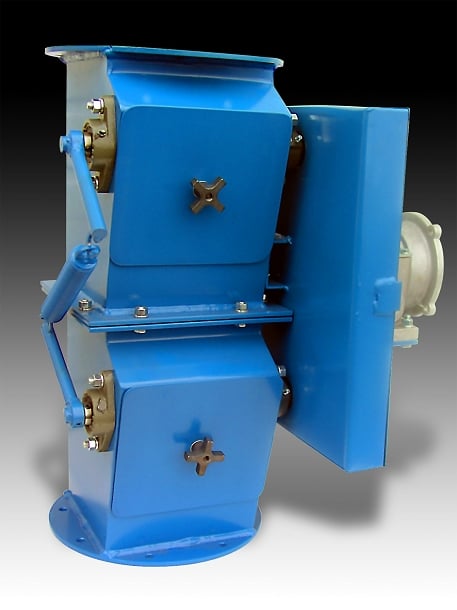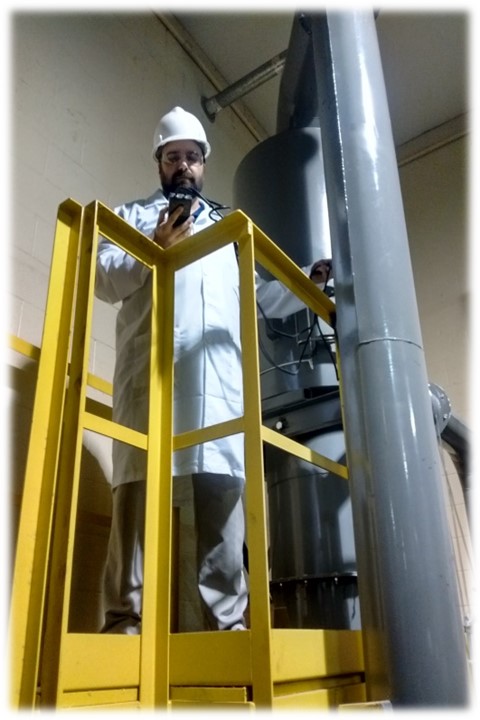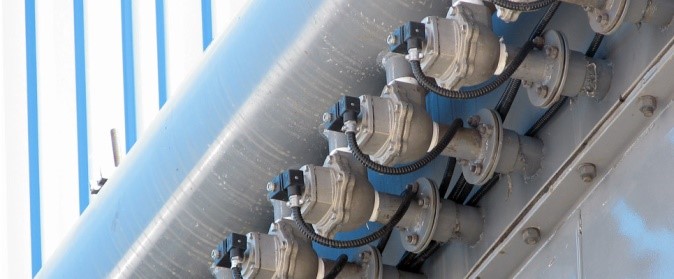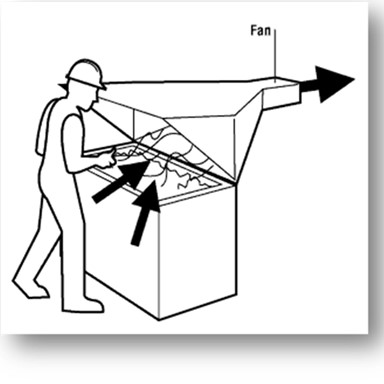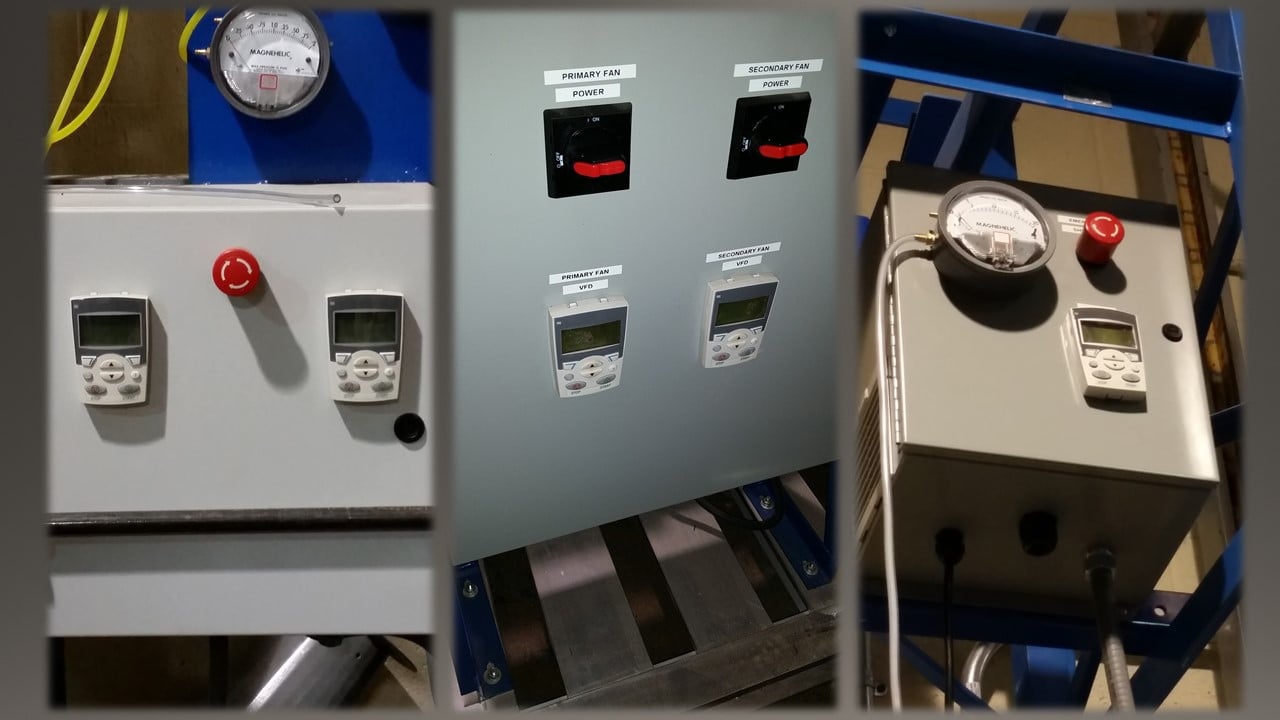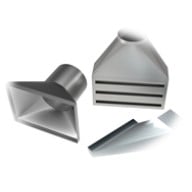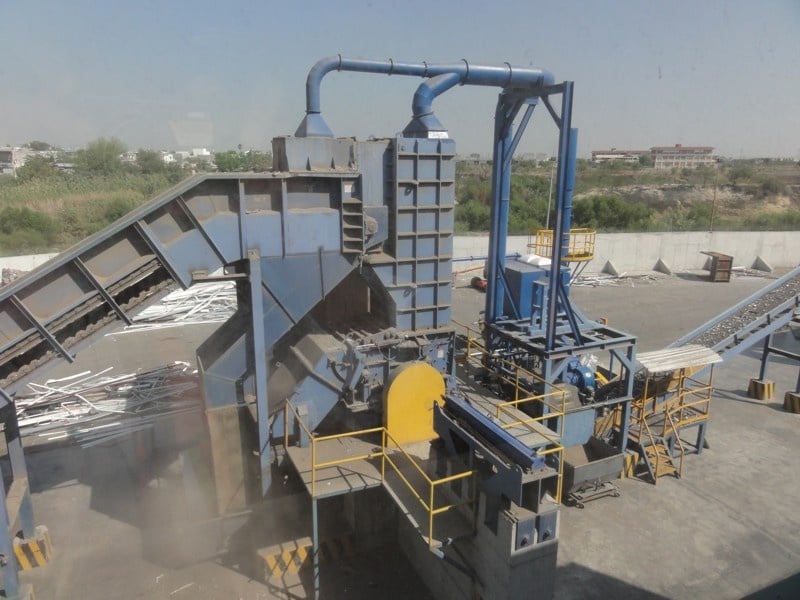Now in its third year, Ceramics Expo is the world's largest annual free-to-attend expo for the advanced ceramic and glass community.
The massively expanded event stands as a unique showcase for all the latest start materials, industrial equipment, technical ceramic components, processing expertise, analysis and testing devices, thermal technologies and precision finishing systems that keep this sector at the forefront of manufacturing advances.

Due to its tightly focused approach and by maintaining a close relationship with all core stakeholders, Ceramics Expo guarantees the participation of respected and innovative suppliers. As the premier US ceramics exhibition, it draws in thousands of genuine decision makers and aims to set the agenda for ceramics manufacturing and applications.
Aerodyne Environmental's industrial dust collection products feature unique, low-maintenance designs that will enhance the performance of your processing operations. Our industrial dust collectors, which work horizontally or verticaly, can extend the life of your baghouse or cartridge filters. And, Aerodyne offers a variety of durable material handling valves for every application, including the Vacu-Valve Trickle Valve System, a cost-effective solution to rotary valves.
Aerodyne Environmental's industrial dust collection products feature unique, - See more at: http://www.dustcollectorhq.com/#sthash.ioeZwJ15.dpuf
Aerodyne Environmental's industrial dust collection products feature unique, - See more at: http://www.dustcollectorhq.com/#sthash.ioeZwJ15.dpuf
Aerodyne Environmental's industrial dust collection products feature unique, low-maintenance designs that will enhance the performance of your processing operations. Our industrial dust collectors, which work horizontally or vertically, can extend the life of your baghouse or cartridge filters. And, Aerodyne offers a variety of durable material handling valves for every application, including the Vacu-Valve Trickle Valve System, a cost-effective solution to rotary valves. - See more at: http://www.dustcollectorhq.com/#sthash.ioeZwJ15.dpuf
erodyne Environmental's industrial dust collection products feature unique, low-maintenance designs that will enhance the performance of your processing operations. Our industrial dust collectors, which work horizontally or vertically, can extend the life of your baghouse or cartridge filters. And, Aerodyne offers a variety of durable material handling valves for every application, including the Vacu-Valve Trickle Valve System, a cost-effective solution to rotary valves. - See more at: http://www.dustcollectorhq.com/#sthash.ioeZwJ15.dpuf
Aerodyne Environmental's industrial dust collection products feature unique, low-maintenance designs that will enhance the performance of your processing operations. Our industrial dust collectors, which work horizontally or vertically, can extend the life of your baghouse or cartridge filters. And, Aerodyne offers a variety of durable material handling valves for every application, including the Vacu-Valve Trickle Valve System, a cost-effective solution to rotary valves. - See more at: http://www.dustcollectorhq.com/#sthash.ioeZwJ15.dpuf
Aerodyne Environmental's industrial dust collection products feature unique, low-maintenance designs that will enhance the performance of your processing operations. Our industrial dust collectors, which work horizontally or vertically, can extend the life of your baghouse or cartridge filters. And, Aerodyne offers a variety of durable material handling valves for every application, including the Vacu-Valve Trickle Valve System, a cost-effective solution to rotary valves. - See more at: http://www.dustcollectorhq.com/#sthash.ioeZwJ15.dpuf
Aerodyne Environmental's industrial dust collection products feature unique, low-maintenance designs that will enhance the performance of your processing operations. Our industrial dust collectors, which work horizontally or vertically, can extend the life of your baghouse or cartridge filters. And, Aerodyne offers a variety of durable material handling valves for every application, including the Vacu-Valve Trickle Valve System, a cost-effective solution to rotary valves. - See more at: http://www.dustcollectorhq.com/#sthash.ioeZwJ15.dpuf

